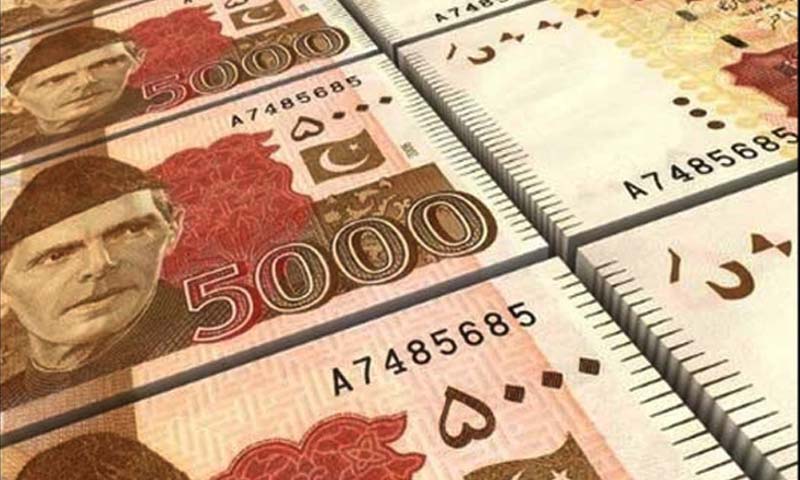- Web Desk
- Yesterday
Pakistan joins select group of countries sourcing 25% of power from solar
-
- Web Desk
- Jun 17, 2025

ISLAMABAD: Long plagued by power shortages and heavily dependent on fossil fuels, Pakistan is now emerging as an unlikely leader in solar energy, outpacing global averages and defying expectations for a developing economy.
New figures from energy think tank Ember show that from January through April 2025, solar farms produced 25.3 per cent of Pakistan’s utility-supplied electricity, a milestone achieved by only a handful of nations, most of them wealthier European countries.
By comparison, the global average solar share during the same period was just 8 per cent, with China, the United States and the European Union all reporting lower levels.
The shift is especially striking given Pakistan’s economic constraints. Unlike countries such as Germany or Denmark, Pakistan has achieved this solar leap through an aggressive expansion in imported capacity, mostly from China, combined with relatively low-cost domestic installation efforts.
Solar energy has now overtaken every other electricity source in the country, including natural gas, nuclear power, coal, and hydropower, to become Pakistan’s single largest contributor to its electricity grid in 2025. Just two years ago, solar ranked fifth in the national energy mix.
The scale of transition has been driven by rapid increase in Chinese-made solar module imports. Between 2022 and 2024, Pakistan’s imports jumped fivefold, from 3,500 megawatts to 16,600 MW.
That growth has continued into this year, with over 10,000 MW imported in the first four months alone, an 18 per cent increase over the same period in 2024.
As a result, Pakistan now accounts for nearly 12 per cent of China’s global solar module exports, up from just 2 per cent three years ago.
The government has set a target of sourcing 60 per cent of its electricity from renewable sources by 2030. With 28 per cent already coming from renewables this year, largely due to solar, that goal is beginning to look attainable.
Read next: Current account slips back into deficit amid rising imports: SBP report





